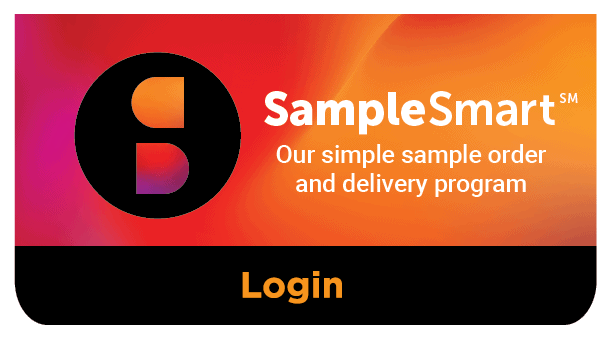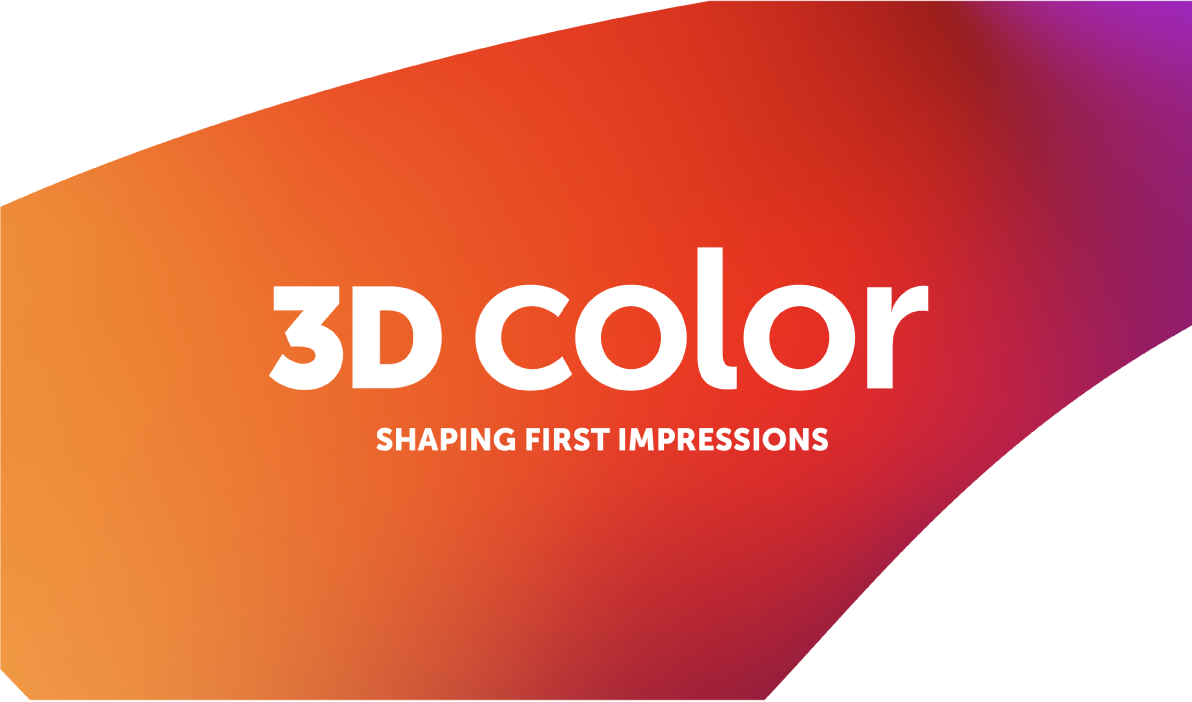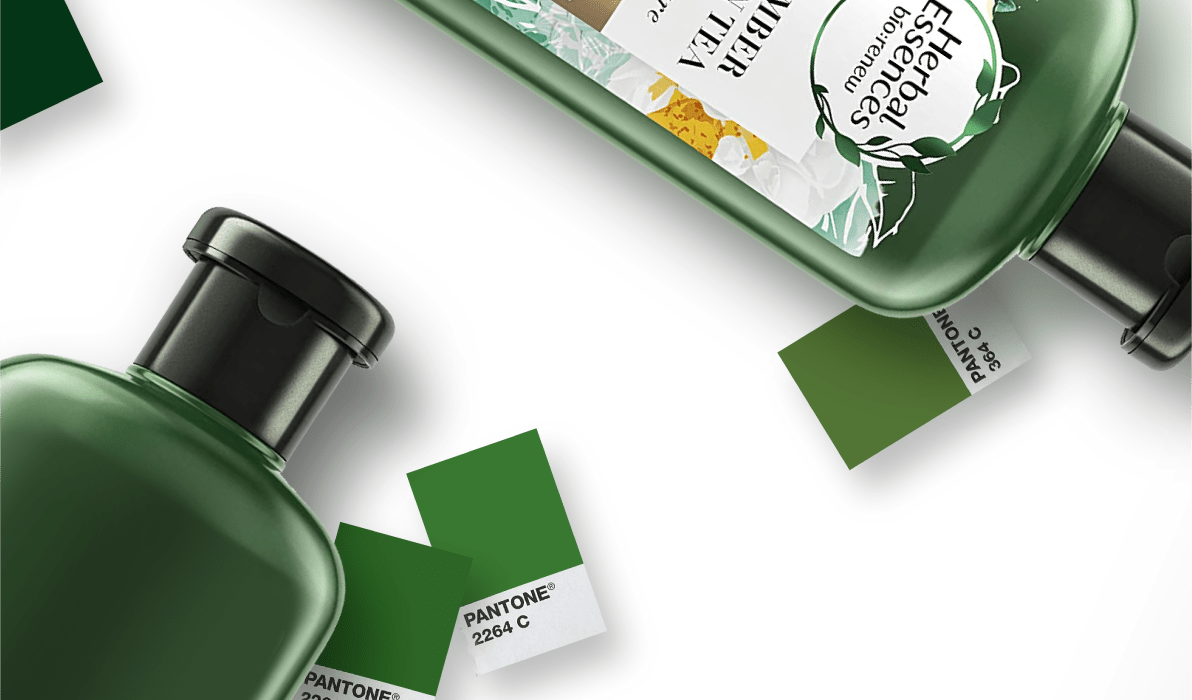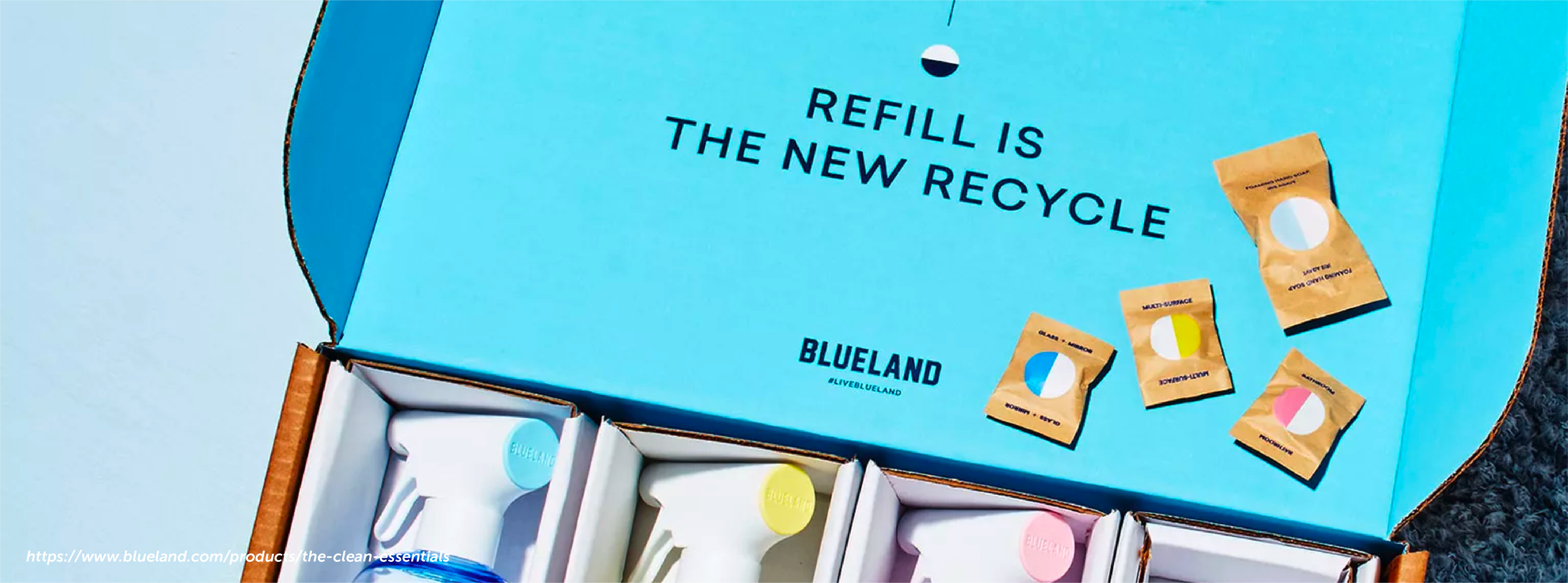
Will you be ready for the refillable economy?
In today’s climate (and I use the term “climate” to refer to both the business world and the natural one), packaging is a complicated topic. Our economy and lifestyles depend heavily on packaged goods, yet the packaging materials and systems we’ve long relied on are overdue for reinvention. Brands that embrace this challenge with innovative passion will be the leaders of tomorrow’s categories, whether that means creating better packaging, less packaging… or in some cases, very little packaging at all.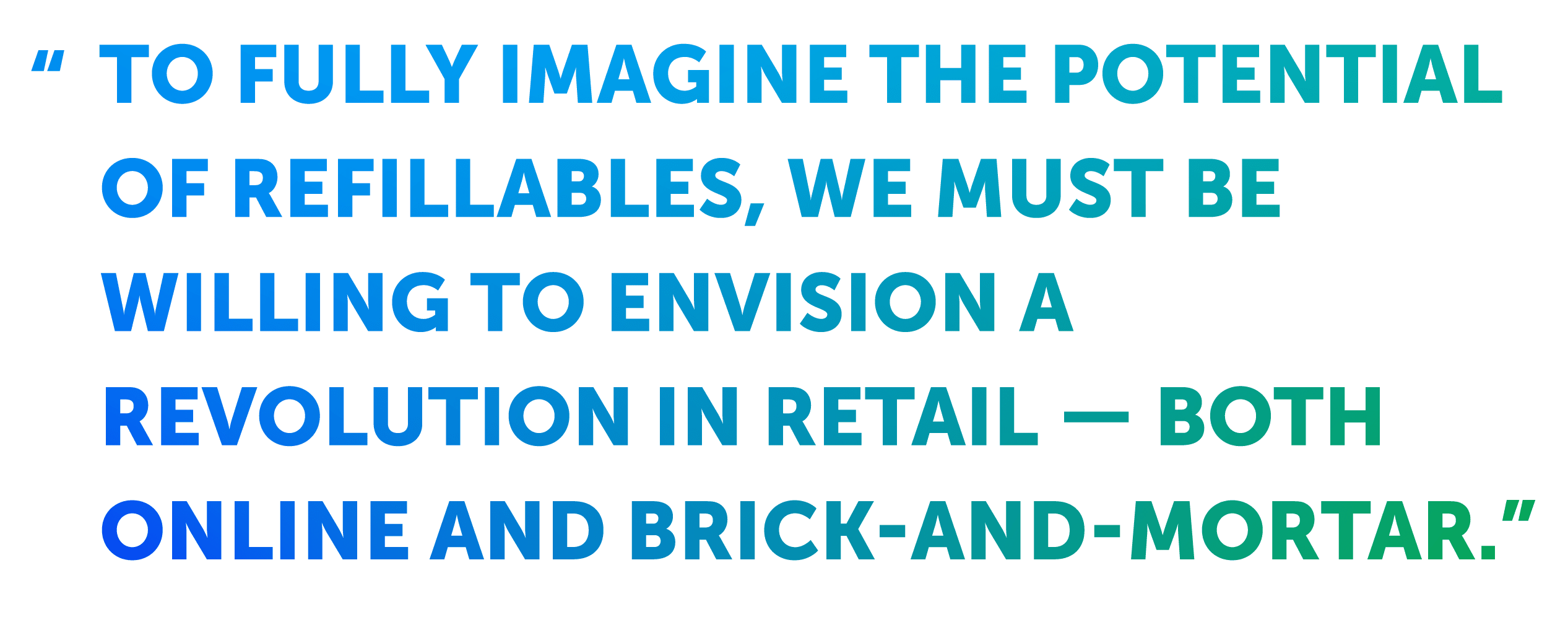
The refillable economy is still in its infancy, but as packaged goods professionals, now is the time to begin exploring new business models that can capitalize on this shift. Uncomfortable? Absolutely. Exciting? Definitely, once we scratch below the surface to imagine the possibilities.
If the challenge of incorporating refillables into your business feels insurmountable, I encourage you to consider three themes that might open the door to new ideas.
In a refillable economy, traditional ideas about shelf presence may come into question, and the relationship between a product’s packaging and its overall value proposition becomes more complex. But before we assume a new landscape of bulk bins and drab, utilitarian containers, let’s imagine the amazing branding potential of the use-forever premium package. Luxury candle brand 1986 illustrates this proposition at its extreme, marketing ultra-premium refillable marble holders that double as heirloom-quality statement decor. Closer down to earth, brands like l’Occitane, Kerastase and Method are targeting both premium aesthetic sensibilities and environmental consciousness with high-design recycled aluminum packages that can be refilled indefinitely, then recycled once again at the end of their useful life.
If a plastic shampoo bottle emblazoned with your logo builds loyalty on the shower shelf, how much more could this be true of a premium glass or aluminum alternative that elevates your brand while also reducing waste?
On the other end of the consumer value spectrum, European ALPLA Group recently partnered with Austrian mineral water brand Vöslauer on a returnable bottle made from recycled and recyclable PET. The material is 90% lighter than reusable glass, and is designed to hold up through 12 usage cycles for a circulation life of three to four years. At the end of the day, the new package looks and feels a lot like any other plastic bottle. But Vöslauer is betting that amid growing consumer passion for overall plastic reduction, the sustainability factor alone will serve as a spark that ignites enduring brand love.
Less than 25 years ago, Amazon was only a bookseller. 30 years ago, it didn’t exist at all. Today, it has completely reshaped the retail consumer goods industry. Brands that assume the status quo will persist indefinitely — or only shift incrementally — will be left behind by the inevitable march of technological innovation and, increasingly, sustainability mandates.
In Azeem Azhar’s groundbreaking book, The Exponential Age, he describes the increasing speed of innovation and how winning businesses are driving this change. Take a look at 2020 R&D spending for a few notable companies…
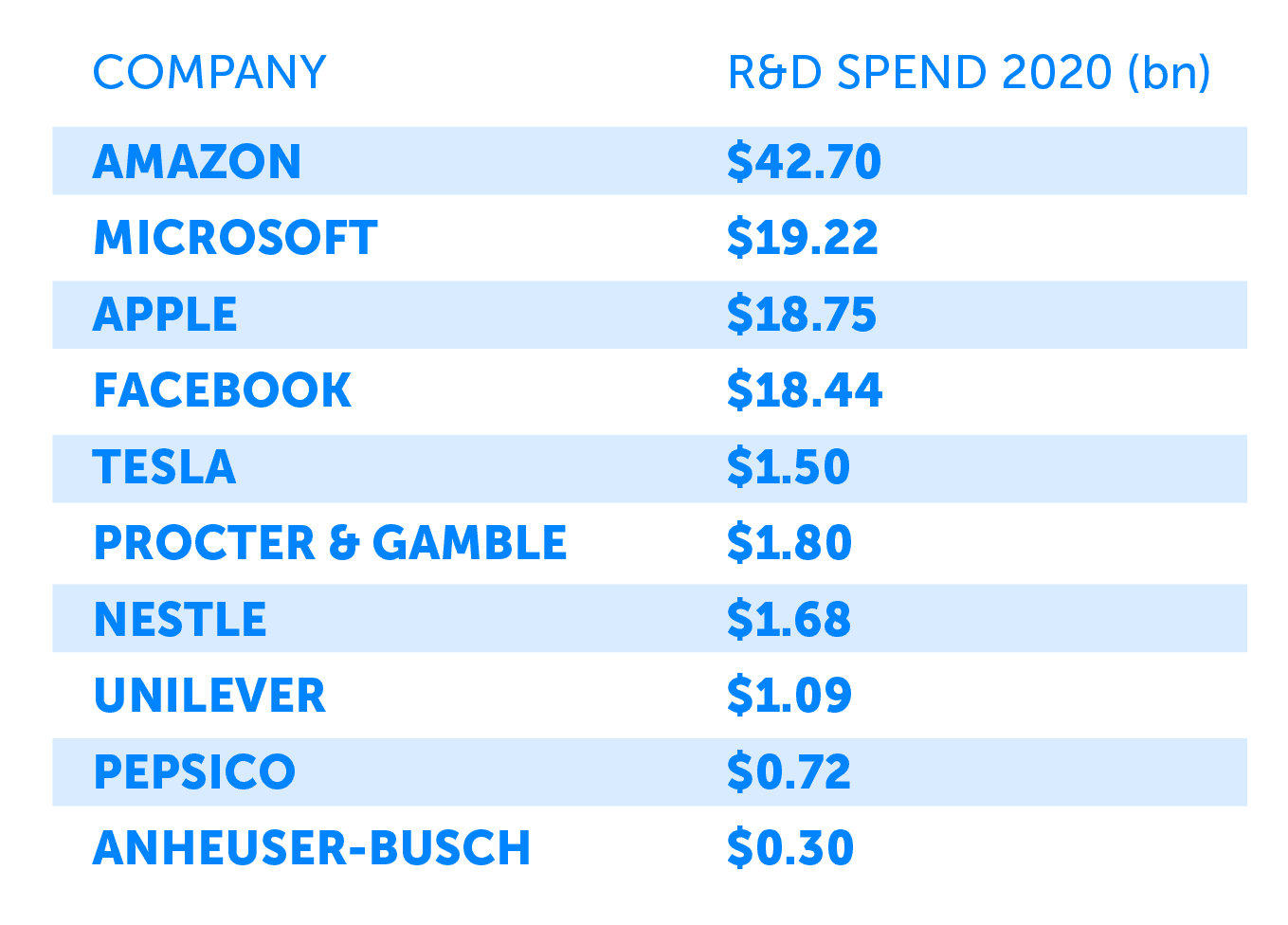
Certainly there have to be some differences in accounting for R&D, but if Amazon is outspending its CPG peers by 20x-140x annually, that essentially means the tech giant is advancing 20-100+ years ahead of the packaged goods sector — every single year! In a world where the pace of change is exponential, our world will be unrecognizable two decades from now. And Amazon is getting there faster than the rest of us.
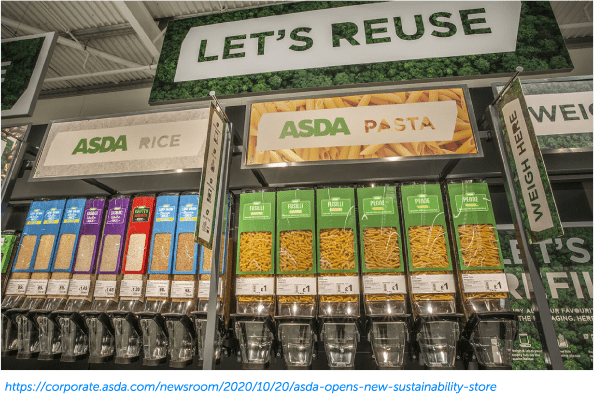 To fully imagine the potential of refillables, we must be willing to envision a revolution in retail — both online and brick-and-mortar. We must picture a world where “filling stations” dominate consumer habits (and it’s no accident this language calls to mind electric vehicles!). British supermarket Asda shows us an example of this in their pioneering Sustainability Store, and other brands including The Body Shop are making similar moves. Today’s brand owners would be wise to ask: when key distribution partners embrace a shift to refillables, will my business be ready for a packaging pivot?
To fully imagine the potential of refillables, we must be willing to envision a revolution in retail — both online and brick-and-mortar. We must picture a world where “filling stations” dominate consumer habits (and it’s no accident this language calls to mind electric vehicles!). British supermarket Asda shows us an example of this in their pioneering Sustainability Store, and other brands including The Body Shop are making similar moves. Today’s brand owners would be wise to ask: when key distribution partners embrace a shift to refillables, will my business be ready for a packaging pivot?
It’s the oldest truth in a competitive market: when we fail to adapt and innovate, we pave our competitors’ path to success. Due to the combined forces of regulatory pressure, consumer insistence and corporate responsibility, a dramatic shift to more sustainable practices is imminent in the global CPG industry. The more brands that embrace this challenge with passion and determination, the more brilliant solutions will emerge — to the benefit of all of us.
At 3DColor, we have always been in the business of imagining new ways to design and produce packaging. Whether you’re well down the road to refillable packaging, or engaging with the topic for the first time, our team of creatives, engineers and strategists would love to be part of your process. To start a conversation about any packaging and prototyping need, reach out to bob.jennings@3dcolor.com or clientsuccess@3dcolor.com.
